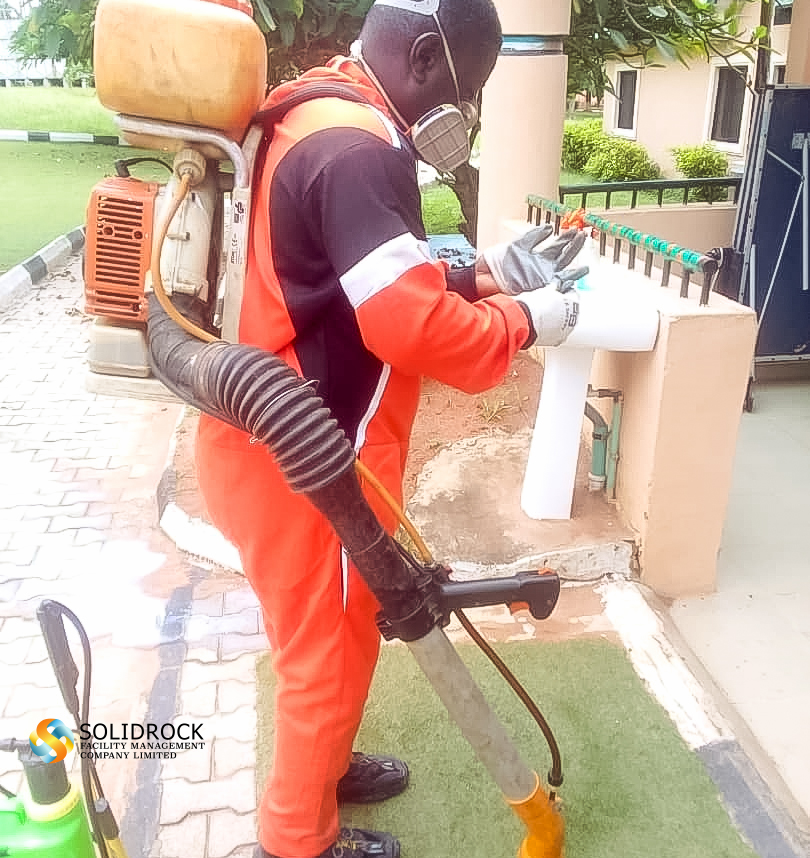Fortifying Your Building Against
An ounce of prevention is worth a pound of cure. That adage applies to many facets of life, including preventing pests from gaining access to commercial properties.
As temperatures rise and landscapes bloom, pest pressure around manufacturing plants, warehouses, office buildings, and health care facilities increases. Pests including ants, flies, stinging insects, and a host of occasional invaders including stink bugs, hit their prime
This increase in unwanted crawling, creeping and flying visitors puts pressure on building owners and property managers to do what is necessary to keep pests on the outside where they belong.
What Attracts Pests to Your Building?
Pests are attracted to commercial buildings for three primary reasons: food, water, and shelter.
Food: Pests are attracted to food sources such as crumbs, spills, and improperly stored food items. This includes pantry pests like beetles and moths, as well as rodents, flies, cockroaches and ants.
In addition to food, water and shelter, pests can be attracted to commercial properties by the following:
Waste: Garbage, recycling bins, and dumpsters are attractive to pests because they provide easy access to food and shelter. Regular waste management is essential to prevent pest infestations. Poorly located trash and recycling dumpsters near loading dock or exterior entrances can attract a wide variety of pests.
Building Location: Pests do not respect property lines and will travel vertically and horizontally in their quest for food, water, and shelter. Pest infestations in adjacent units or next-door properties can spill over causing headaches.
What are the most common pest hot spots in and around commercial buildings? Furnace rooms, food service outlets, lunch/break rooms, employee locker rooms, and shipping and receiving areas are common pest hot spots inside commercial properties. Employee work areas can also harbor pests if unsealed food and waste is available. On the exterior, loading docks, trash and recycling dumpsters, and landscaping features, including ponds and other water features, can attract pests.
How To Keep Pests Out
The goal for facility executives and managers is to make their properties as unattractive to pests as possible. This can be accomplished by following these recommendations:
Do an Inspection: Walk around the exterior of your building with your maintenance staff and pest control service provider to identify structural, landscape and cultural issues that are attracting pests and providing them access. Document the items that need corrective action and set a timeline for making the repairs.
When fortifying your building against pests, remember it is more cost effective to invest in long-term preventive solutions vs. short-term strategies that simply check a box. Once pests establish their presence inside a building it is more difficult, time consuming and expensive to eradicate them.
It is important to work in concert with your maintenance staff, key vendors (i.e., landscaper, cleaning services, food vendors, etc.) and a pest management professional to identify your facility’s pest vulnerabilities and take timely corrective actions to deny pests’ access. This way you will help create a healthy pest-free environment for employees and visitors.






